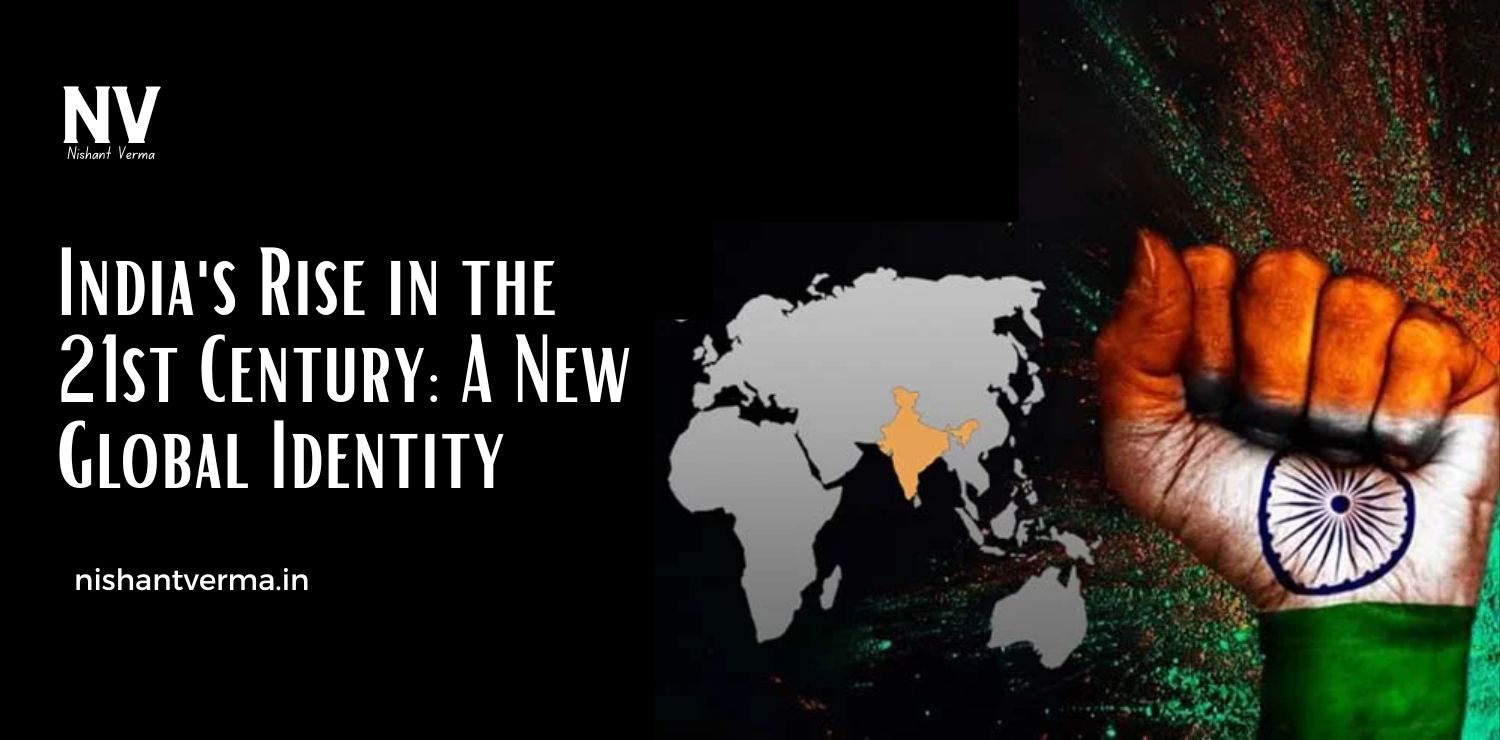Introduction:
In the vast landscape of marketing, where messages bombard us from all directions, standing out can be a challenge. That’s where personalization comes in—a powerful tool that tailors content to individuals, making them feel seen, understood, and valued. In this article, we’ll explore the magic of personalization in marketing, how it works, and why it’s more important than ever in building meaningful connections with your audience.

Understanding Personalization in Marketing:
What is Personalization?
Personalization in marketing is the art of customizing content, offers, and experiences based on individual preferences, behaviors, and demographics. It’s about treating each customer as a unique individual, rather than a faceless part of a larger audience.
The Rise of Customer-Centric Marketing:
In the era of customer-centric marketing, understanding your audience on a personal level is crucial. Personalization goes beyond simply addressing customers by their names; it involves tailoring the entire marketing journey to their specific needs and interests.
Data-driven Insights:
Personalization relies heavily on data. By collecting and analyzing data on customer behaviors, preferences, and interactions, businesses gain insights that enable them to create targeted and relevant marketing campaigns.

Benefits of Personalization in Marketing:
Enhanced Customer Experience:
Personalized experiences make customers feel valued. When they receive content that speaks directly to their needs and interests, it enhances their overall experience with the brand, fostering a positive and lasting impression.
Increased Customer Engagement:
Tailoring content to individual preferences boosts engagement. Customers are more likely to interact with and respond to personalized messages, whether it’s through emails, advertisements, or website content.
Higher Conversion Rates:
Personalization has a direct impact on conversion rates. When customers feel a connection to the content, they are more likely to take the desired action, whether it’s making a purchase, signing up for a newsletter, or participating in a campaign.
Building Brand Loyalty:
Personalization plays a significant role in building brand loyalty. When customers consistently receive relevant and personalized experiences, they are more likely to stick with a brand and become long-term advocates.
Optimized Marketing Budget:
Personalization helps optimize marketing spend by targeting specific audiences with messages that are more likely to resonate. This reduces the risk of spending resources on generic campaigns that may not generate the desired results.
Ways to Implement Personalization in Marketing:
Personalized Email Campaigns:
Email marketing offers ample opportunities for personalization. Beyond addressing recipients by their names, tailor email content based on their preferences, past interactions, and purchase history. Use dynamic content to create personalized product recommendations and special offers.
Dynamic Website Content:
Implement dynamic content on your website that changes based on user behavior and preferences. For example, show personalized product recommendations, customize landing pages, and use retargeting to display products or services that align with a visitor’s previous interactions.
Segmentation Strategies:
Divide your audience into segments based on common characteristics, behaviors, or demographics. This allows you to create targeted campaigns for each segment, delivering content that resonates with specific groups of customers.
Personalized Social Media Content:
Leverage social media platforms to deliver personalized content. Use insights from social media analytics to understand your audience, create custom audiences for ads, and tailor your content to match the preferences and behaviors of different segments.
Behavioral Targeting in Advertising:
Utilize behavioral targeting in your advertising campaigns. Platforms like Google Ads and social media channels allow you to target users based on their online behavior, ensuring that your ads reach individuals with specific interests or actions.
Personalized Recommendations:
Implement recommendation engines on your website or app. Analyze customer preferences and behaviors to suggest products or content that align with their interests, increasing the likelihood of conversion.
Interactive Content:
Incorporate interactive elements into your content strategy. Quizzes, polls, and surveys allow customers to actively engage with your brand, providing valuable data for personalization while offering an enjoyable and personalized experience.
Geo-targeting:
Use location-based targeting to deliver content that is relevant to a user’s geographical location. This is particularly effective for businesses with physical locations or those offering location-specific promotions.
Personalized Customer Service:
Extend personalization to customer service interactions. Use customer data to provide tailored support, recommend relevant solutions, and address individual needs. This enhances the overall customer experience and builds trust.
User-generated Content Campaigns:
Encourage customers to share their experiences and create user-generated content. Feature this content in your marketing efforts, showcasing real-life stories that resonate with your audience and contribute to a sense of community.
Challenges and Considerations:
Respecting Privacy:
While personalization relies on data, it’s crucial to prioritize and respect customer privacy. Implement robust data protection measures, clearly communicate your privacy policies, and obtain consent before collecting and using customer data.
Data Accuracy:
The success of personalization depends on accurate and up-to-date data. Regularly clean and verify your customer data to ensure that the insights driving your personalization efforts are reliable.
Avoiding Over-personalization:
Striking the right balance is key. Over-personalization, where customers feel their privacy is invaded or that they are being overly targeted, can have a negative impact. Tailor your approach carefully to avoid alienating your audience.
Constantly Evolving Strategies:
Consumer behaviors and preferences are dynamic. Personalization strategies must be flexible and adaptable to changes in the market, technology, and societal trends. Regularly assess and update your personalization tactics to stay relevant.
Case Studies: Real-Life Examples of Successful Personalization:

Amazon:
Amazon is a pioneer in personalization. Its recommendation engine analyzes user behavior and purchase history to suggest products tailored to individual preferences. The “Customers who bought this also bought” feature and personalized email recommendations showcase Amazon’s commitment to delivering a highly personalized shopping experience.
Spotify:
Spotify utilizes data-driven personalization to curate customized playlists for its users. The platform analyzes listening history, favorite genres, and user-generated playlists to deliver a unique and personalized music experience. This approach not only retains users but also encourages them to explore new music within their preferred genres.
Conclusion:
Personalization in marketing is more than a trend; it’s a fundamental shift toward customer-centric strategies. By tailoring content and experiences to individual preferences, businesses can create deeper connections, enhance customer experiences, and ultimately drive success in a competitive landscape. As technology continues to advance and consumer expectations evolve, the art of personalization will play a central role in the future of marketing. Embrace the power of personalization, understand your audience, and craft campaigns that resonate on a personal level to build lasting relationships with your customers.




